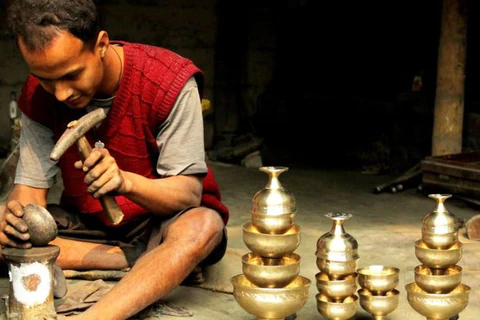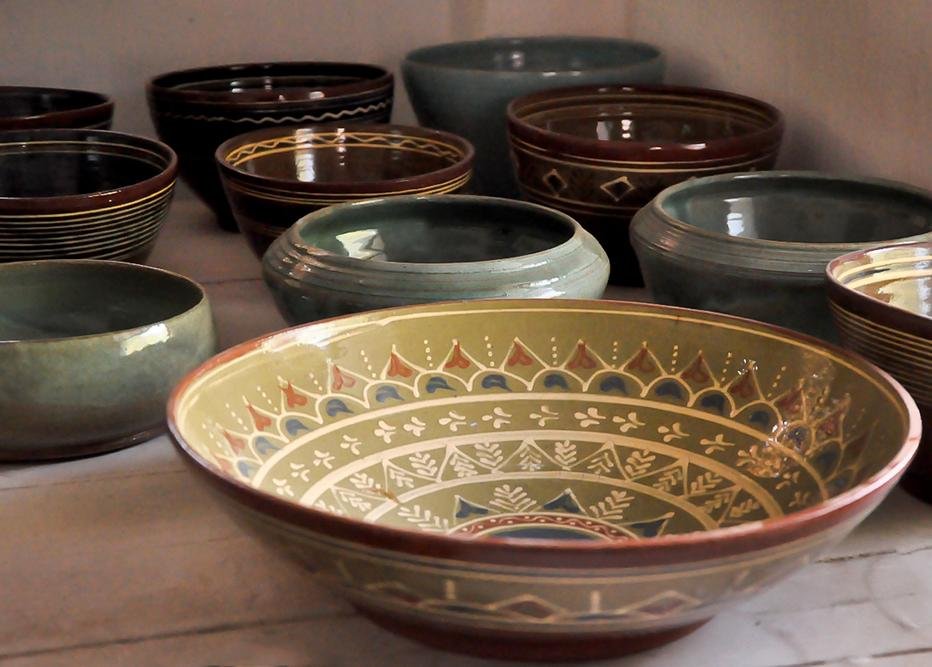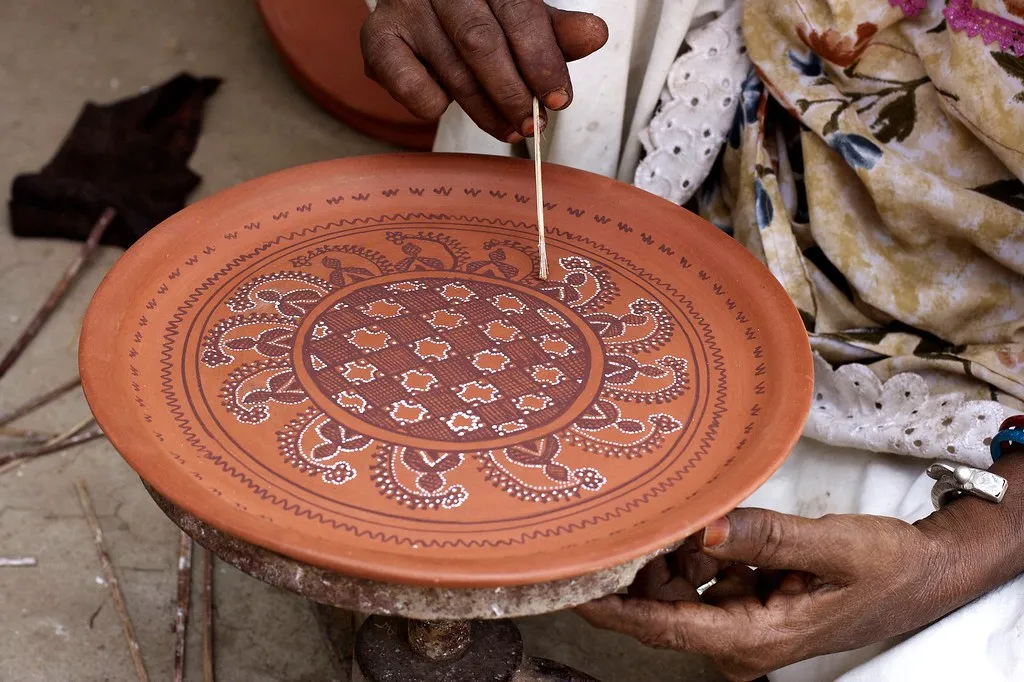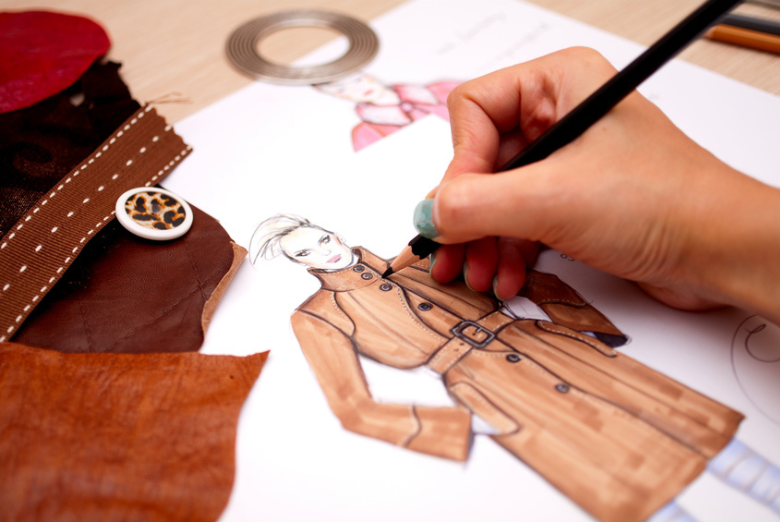India has long been celebrated in the international market for its arts and crafts. The evolution of Indian art began in the heart of rural India, where the authentic regional culture and traditions come to life through artistic expression. If you haven’t yet explored the hubs of Indian crafts, now is the time to do so. This holiday season, plan a visit to 10 Traditional Art in India’s Villages and discover the hidden gems and soulful craftsmanship of local artisans.
1. Sarthebari: Weaving Wonders in Assam

Nestled in the tranquil landscapes of Assam, Sarthebari is a paradise for enthusiasts of Assamese handicrafts. Renowned for its brass and bell metal creations, Sarthebari enjoys support from the Government of Assam. The artisans here continue to uphold the rich tradition of Assamese craftsmanship, producing everything from intricately designed utensils to charming sculptures.
As you enter this craft village, the rhythmic sound of metal being shaped into art fills the air. According to historical accounts, the tradition began in the seventh century A.D. when King Kumar Bhaskar Barma of Kamarupa honored King Harshabardhan of Kanauj in Uttar Pradesh with bell metal articles. Today, each strike of the hammer by artisans breathes life into their creations.
The bell metal products crafted here include utensils, technical tools and equipment, musical instruments, religious tools, and utility items. These bell metal pieces are cherished in Indian households for their reputed medicinal benefits, with the belief that eating or drinking from them helps maintain digestive health.
2. Andretta, Himachal Pradesh

When Norah Richards, an Irish woman, moved to Andretta in 1935, few could have predicted her pivotal role in the local cultural landscape. Richards, often hailed as the ‘nani of Punjabi theatre,’ laid the groundwork for what would evolve into one of India’s most renowned artist communities.
After the partition of India, many artists fled Lahore and found refuge in Andretta. Among them was Gurucharan Singh, a distinguished Indian potter. Today, the legacy of his craft continues through the Andretta Pottery and Crafts Society, managed by his son Mansimran Singh and daughter-in-law Mary.
3. Anegundi: Where Heritage Meets Canvas

Anegundi, a charming village nestled along the Tungabhadra River, is a treasure trove for art lovers. This craft haven showcases Karnataka’s vibrant cultural heritage, where local men are dedicated to preserving marine life by combating the invasive water hyacinth, and women skillfully weave baskets from this dried plant. But the village’s artistic spirit doesn’t end there. It also boasts a flourishing banana fibre industry, where artisans create an array of products including mats, bags, and baskets.
These items, made from banana fibre, are not only odorless and biodegradable but also fire-resistant and grease-proof, demonstrating remarkable durability. By utilizing local materials, the residents have cultivated an artisan community that is a must-visit for tourists. The village’s charm and the stories of how the locals’ daily challenges have been transformed into art have been cherished and passed down through generations.
4. Khavda: Potters’ Paradise in Kutch

Nestled in the arid expanse of Kutch, the village of Khavda stands out as a renowned center for handicrafts, attracting thousands of visitors and craft enthusiasts each year. This village is the birthplace of Khavda pottery, celebrated for its intricate designs and vibrant colors. Beyond its role as an artistic expression, Khavda serves as a haven for admirers of handcrafted earthenware. Each piece, from terracotta pots and figurines to jugs, diyas, vases, and bowls, reflects the region’s rugged yet inspiring environment and the rich craftsmanship it has nurtured.
The reputation of Khavda’s craft has extended far beyond the local area, gaining recognition across India and around the globe. Local artisans, employing traditional pottery techniques, continue to produce these exquisite creations. In this village, men mold the pottery, while women adorn it with detailed painting, their collaborative efforts infusing each piece with life and character.
The handcrafted earthenware from Khavda serves a variety of purposes: as water containers, religious items, kitchen utensils, and decorative pieces. Each item is not just functional but also a testament to the artistry and heritage of Khavda’s skilled craftsmen and women.
5. Shilpgram: Rajasthan’s Craft Extravaganza

Explore the vibrant realm of Shilpgram, a unique cultural hub that brings together craft enthusiasts from around the world each year. Located near Udaipur, this rural complex celebrates the rich array of regional crafts. Shilpgram truly comes alive during its annual craft fair, where artisans from across India unite to showcase their exceptional creations.
Visitors can experience an impressive array of traditional crafts, including leather and cotton textiles, pottery, woodwork, metalwork, and terracotta. The fair also features lively folk performances that capture the essence of rural Indian culture.
6. Raghurajpur Near Puri: Odisha’s Living Art Village

Just a short distance from the sun-drenched beaches of Puri lies Raghurajpur, a vibrant art village nestled in Odisha. This charming village is renown for its flourishing Pattachitra art, a traditional craft that has thrive here for centuries. As you meander through its narrow streets, you’ll catch glimpses of stunning murals and gain insight into the meticulous craftsmanship involved in these elaborate art pieces.
Known for its vivid and intricate designs, Raghurajpur’s Pattachitra tradition dates back to the 12th century, with skills passed down through generations. In 2000, the village received acclaim as one of India’s most distinguished handicraft centers, where the legacy of Pattachitra painters continues to captivate and inspire.
7. Blue Pottery of Jaipur, Rajasthan

Jaipur’s Blue Pottery stands out as a distinctive craft, officially recognized for its geographical uniqueness with GI status. The name “Blue Pottery” comes from the predominance of blue in its designs.
This craft has its roots in Persia and later made its way to Delhi. Where it gained favor in the Jaipur court. However, with the decline of imperial patronage, only a few factories now continue this tradition. Maharaja Ram Singh II played a crucial role in promoting the art. And the last queen of Jaipur, Gayatri Devi, also made significant efforts to preserve it.
Jaipur Blue Pottery includes a range of home and kitchen accessories such as vases, crockery, ashtrays, coasters, trinket boxes, doorknobs, keychains, soap dishes, and incense holders. Notable places to purchase Blue Pottery are Ram Gopal Blue Pottery in Sanganer, known for its award-winning pieces, and Neerja International in Civil Lines, Jaipur, a prominent exporter of this craft.
8. Bagh printing on textiles, Bhopal, Madhya Pradesh

Bhopal, located in Madhya Pradesh, India. Shines with its blend of vibrant textiles and the reflections of significant mosques and palaces in the city’s expansive lakes.
As the heart of India’s textile arts, Bhopal showcases both major industries and skilled individual artisans. The tradition of handloom weaving here dates back centuries, originally producing saris and turbans for royalty. The region’s printed fabrics are steep in history. With modern designs often drawing inspiration from ancient motifs. Including natural elements and geometric patterns influenced by the local Gond tribal culture.
9. Warli Painting of Maharashtra

Warli painting is regarded as one of the ancient art forms practice by the indigenous Warli group from Maharashtra. This art tradition is estimate to be over 5,000 years old. Originating from a time when humans had transitioned from cave dwellings to various forms of shelter. The Warli group lived in the Sahyadri mountains, the northern plains of Maharashtra, and parts of Gujarat. While modern influences have reached them. Many Warli artists continue to reside in these regions or close to nature, preserving their traditional art.
These paintings are characterize by intricate geometric patterns use to represent figures such as men, women, animals, birds, and elements of daily rural life. The art often features repetitive motifs to illustrate social events, dances, festivals, and communal activities. Common patterns include triangles, circles, and lines, which are utilize to depict hands and feet.
10. Cheriyal Scroll Paintings, Telangana

Cheriyal, a village located near Hyderabad in the Indian state of Telangana, is renowned for its ancient miniature scroll paintings known as Nakshi. Which date back to the 15th century. Although these paintings are often incorrectly attributed to Mughal Usta art. The name underwent alterations under the Nizam rulers, resulting in the common names Nakashi or Cheriyal paintings today.
Originally, Nakshi scrolls served as visual aids for the ‘Kaaki padagollu’ bards. Who used them to entertain communities before the advent of modern technology in the early 15th century. Each scroll features a narrative with up to 50 frames. Illustrating significant episodes from Indian epics such as the Ramayana and Mahabharata, as well as local folk traditions.
Do share your town/village’s exquisite art in the comments below, will love to explore and find the hidden gems.



